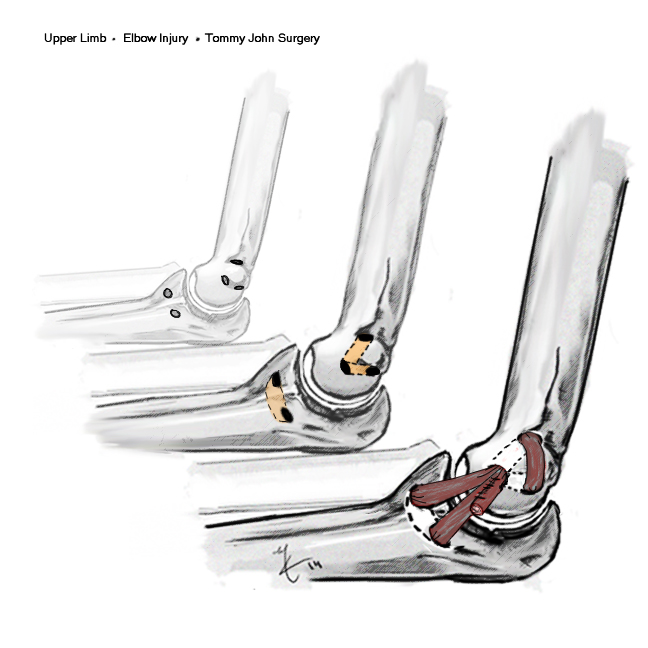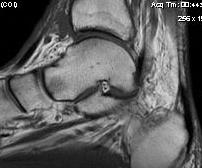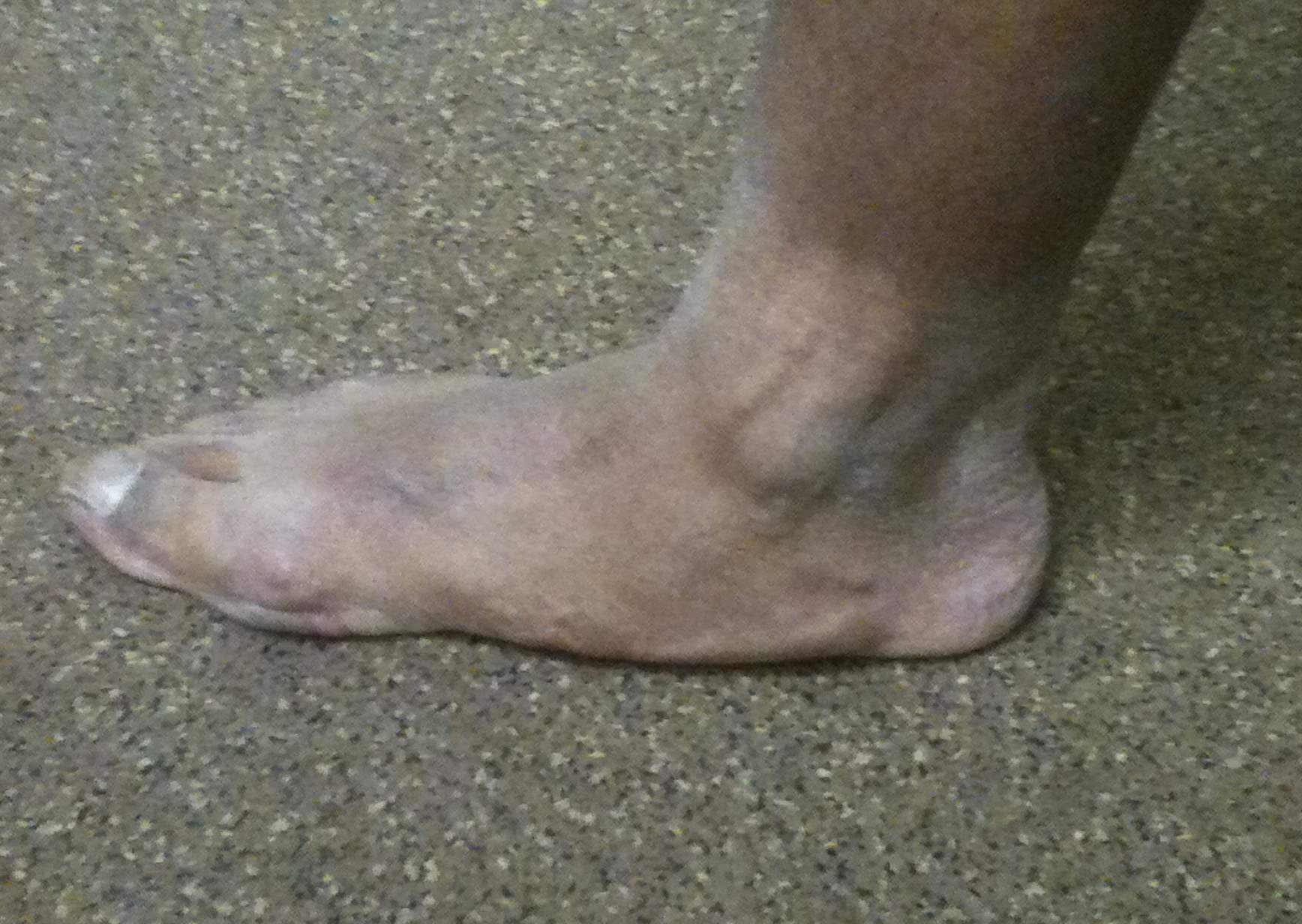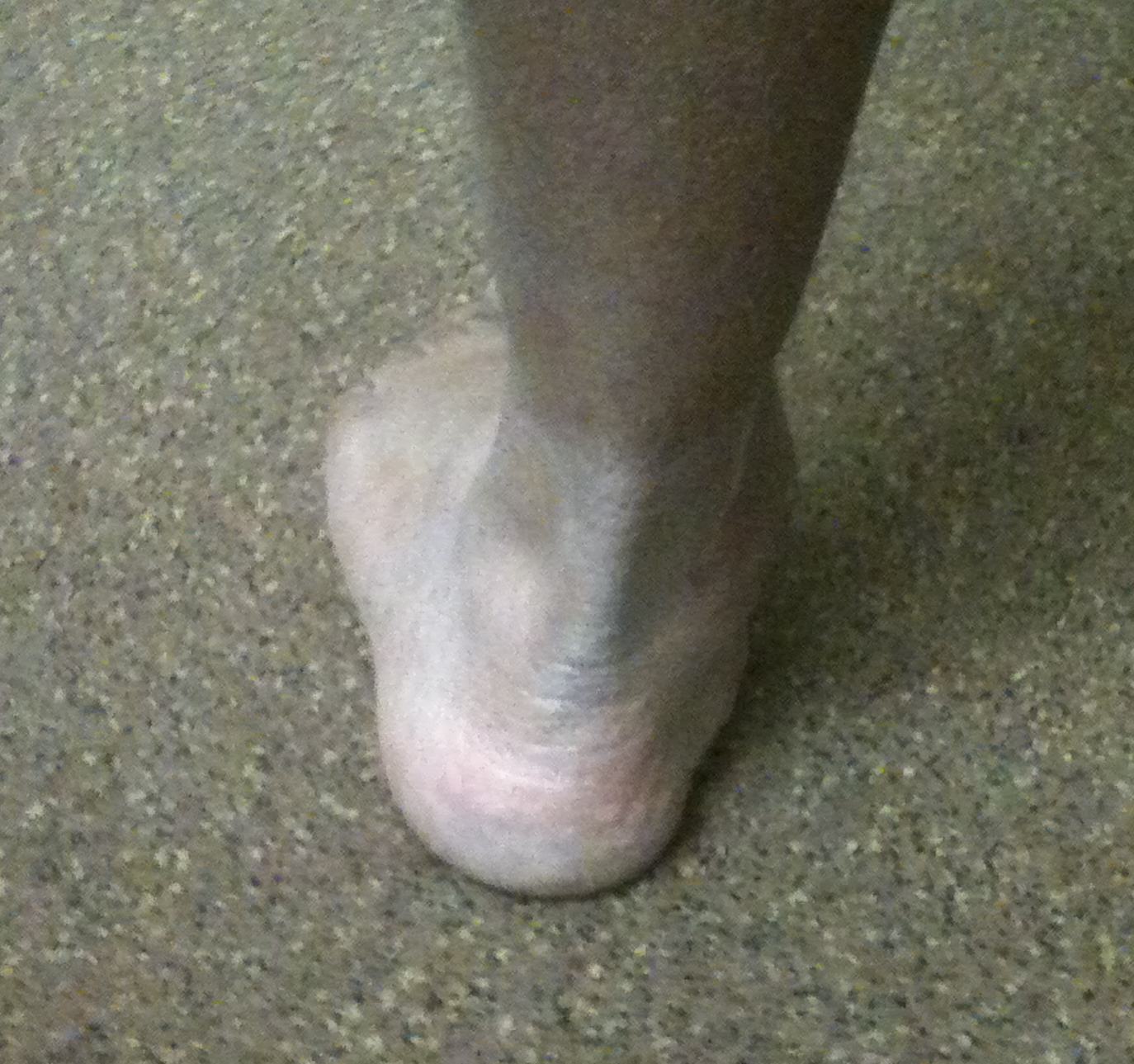non operative management
Non Operative Management
ELMPOPI
Eduction
Life Style Modification
- vocational Counselling / ergonomic work environment
- activity modification
- home modifications
Pharmaceuticals
- symptomatic
- disease modification
Orthotics
Physiotherapy
- local symptomatic
- range of motion
MCL Insufficiency
Aetiology
Throwing injury
- seen in the throwing athlete
- repetitive microtrauma / valgus stress
- develop laxity
History
Initially
- lose velocity / accuracy
Develop medial pain
40% ulna nerve symptoms
Sinus Tarsi Syndrome
Anatomy
Osseous canal between talus and calcaneum
- interosseous talo-calcaneal ligament
- cervical ligament
- joint capsule
- nerve endings / arterial anastomoses

Aetiology
Flat foot / overpronation
Inversion / sprain
Pathology
ITB Friction Syndrome
Pathology
ITB rubbing on LFC
- long distance runners (slow running more at risk than fast)
- cyclists (seat too high, improper technique)
ITB becomes tight, especially posterior portion
Develop inflammed tissue under ITB
- synovium
- bursa
Aetiology
Overuse
- sudden increase in distance
- hill running
- genu varum
- improper shoe wear
Management
NHx
European Orthopaedic Paediatric Study JPO 1999
- 452 patients
- juvenile and adult
Findings
- stable lesion with cartilage intact and no dissection had good prognosis
- if signs dissection, surgical management better than non surgical
- sclerosis on x-ray poor prognostic sign
- lesions > 2cm poor prognosis
- 20% OCD in juveniles abnormal x-ray findings at 3 years (not benign process)
Management Options
Non-operative Management
Natural history
Return to Sport
Shelbourne et al. Am J Sports Med 1999
- 133 patients with isolated PCL injuries followed for mean of 5 years
- 1/2 returned to sport at same level of play
- 1/3 returned to sport at lower level of play
https://pubmed.ncbi.nlm.nih.gov/10352760/
Agolley et al. Bone Joint J 2017
Rheumatoid Foot & Ankle
Definition
Disorder of immune system
- antigen-antibody complexes
- stimulate release of proteolytic enzymes
- leading to vasculitis, synovitis and cartilage destruction
Characterised
Articular Effects
- synovitis
- ligamentous and capsular laxity
- cartilage destruction
- osseous erosion
Vasculitis
- rheumatoid nodules
Flexible Flat Feet
Symptoms
Complain of pain with prolonged standing
Complain feet tire easily
Examination


Overall alignment
Heel raises
Olecranon Fracture
Definition
Intra-articular proximal ulna fracture
Anatomy
Articulates with trochlea
- may have a central bare area
Triceps insertion
- via broad aponeurosis which blends with anconeus and CEO
Management
Non operative Management
Undisplaced fracture
- need to ensure triceps mechanism is intact
